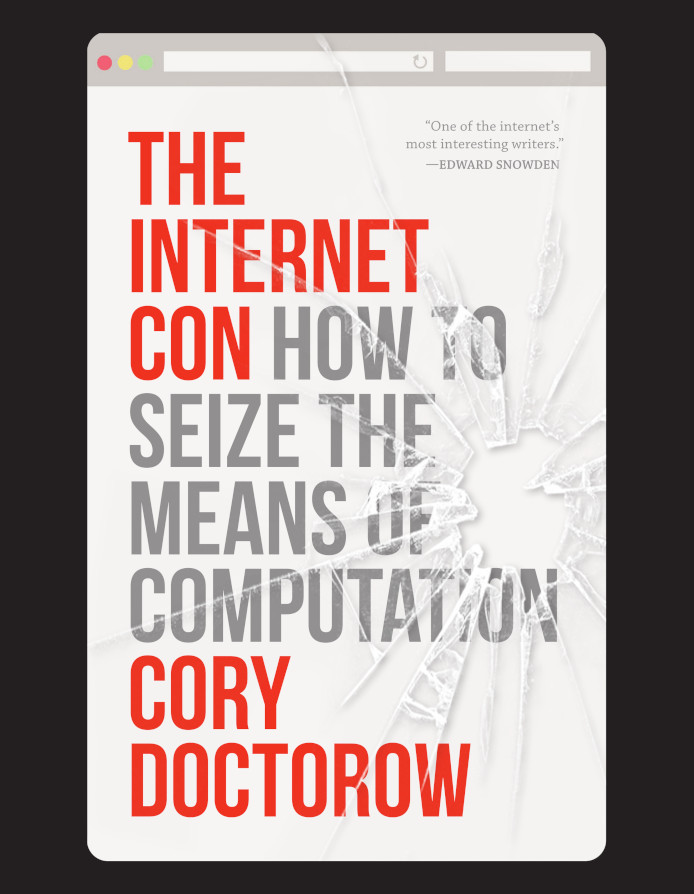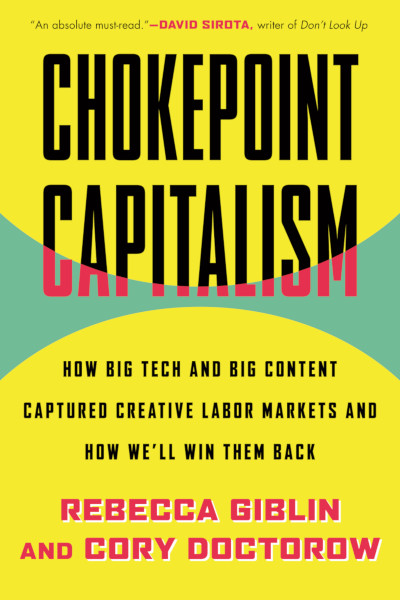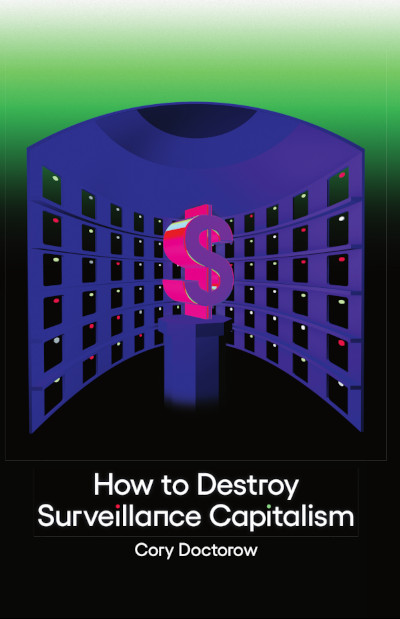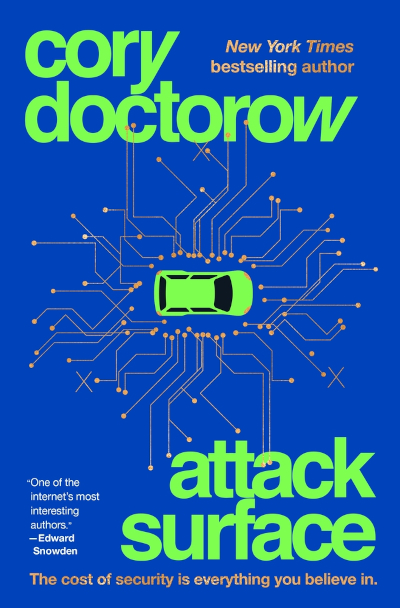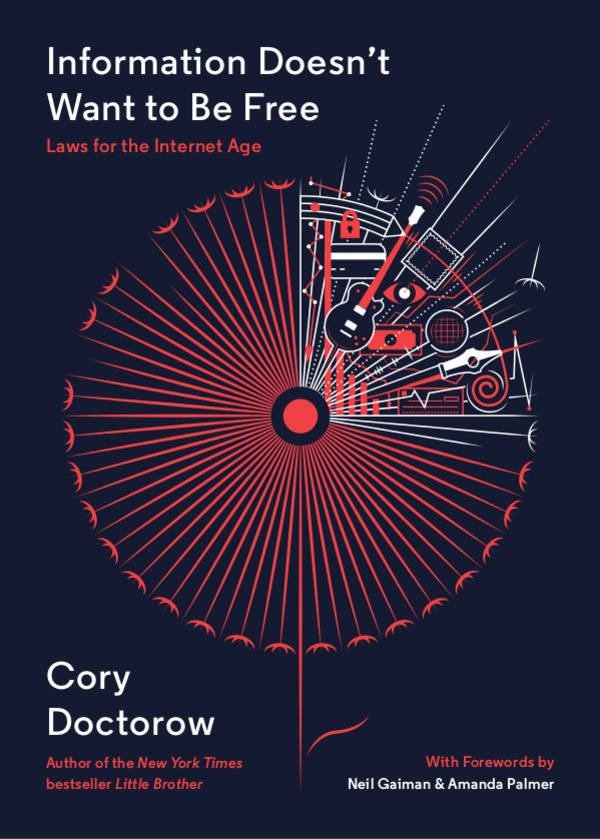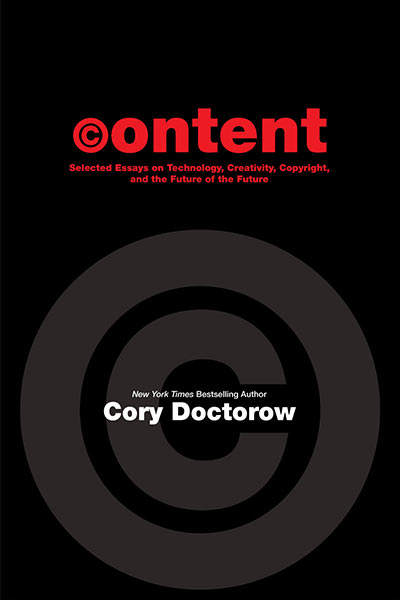Here’s my submission to the Canadian Copyright Consultation. You’ve still got time to get yours in, too.
Some industry representatives have advocated for a US-style anti-circumvention regime for Technical Protection Measured (TPMs, also called Digital Rights Management systems or DRMs). They argue that these will preserve creators’ rights. The 1998 US Digital Millennium Copyright Act and the various EUCD implementations in Europe have failed to deliver on this promise. Rather, they have tipped the balance in favour of TPM vendors at the expense of rightsholders and creators.
This is because anti-circumvention regimes that prohibit all circumvention — regardless of whether it is for a lawful purpose — give tremendous lock-in power to DRM vendors. For example, songs sold through the iTunes Store with Apple’s DRM on it could not be played on devices created by Apple’s rivals, even if the record-labels authorised listeners and device vendors to do this, because while the labels controlled the copyright in the works, this did not give them the right to unlock the DRM Apple had put on their music.
Record labels have long been concerned over the amount of control exerted by big-box retailers such as WalMart. But imagine if, in addition to having control over what inventory they carry, the big box stores also carried their books in such a way that they could only be shelved on WalMart shelves, they could only be read in WalMart lamps, running WalMart light bulbs. Imagine the lock-in to your customers and the lack of control over your destiny that you have signed up with if this is the path you pursue. Well, this is in fact what you get when you sell DRM’d eBooks or DRM’d music — in order to play back that DRM format, in order carry, manipulate or convert that DRM format, you have to license the DRM. The company that controls licensing for the DRM controls your business.




